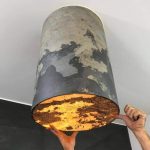Meoded Slate Stone panels not only give your property a classy appearance but also adds value to it.
Real stone veneer can recuperate up to 93 percent of its cost. As a result, stone veneer is a logical choice when contemplating ways to improve the curb appeal of your property. According to a 2014 Zillow poll, one of the five most significant aspects when selling a property is curb appeal. According to the same experts, strong curb appeal may add 15-20% to the value of your property, while bad curb appeal can depreciate your home by 10%.
Natural stone veneers are made from marble, limestone, granite, slate, sandstone, mica, and a number of other natural stone varieties all over the world. Natural stone veneers are increasingly commonly used on fireplace walls and interior feature walls. Natural stone veneers will become more popular as building standards evolve and there is a greater emphasis on sustainable construction.
Furthermore, stone masonry is a dying craft, and as a result, using stone in its original full thickness and shape is becoming too expensive for the typical home. Natural stone veneers, on the other hand, could be placed at a low cost by most tile setters or do-it-yourselfers.
Continue reading to learn how to reclaim your natural curb appeal by implementing Meoded slate light panels.
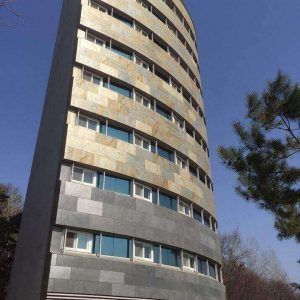
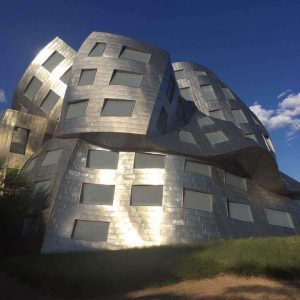
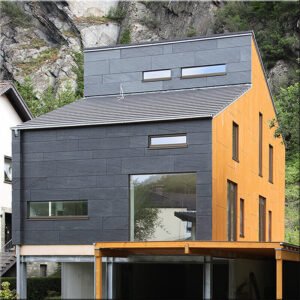
What Are Natural Stone Veneer Panels?
Natural stone veneer panels are created from genuine stone that has been mined from the soil. Veneers are made by slicing the big pieces into thin profiles.
Natural stone veneer panels contain flaws, textures, and tonal variations that have developed over thousands of years. Meoded Slate Light is made of paper-thin stone veneer and is composed of 100% natural stone that is reinforced with fiberglass, cotton, or a transparent backing for additional stability and ease of processing.
Depending on your goals and requirements, real stone veneer and synthetic stone both have advantages and disadvantages.
Manufactured cultured stone has the benefit of being lightweight, easy to install, and adaptable to a wide range of non-structural substrates. There is also a large variety of colors, designs, and styles to select from, all of which will appear close to the genuine thing from a distance. However, it is prone to fading and wearing with time, which is a major disadvantage.
The authenticity of natural stone cladding is unrivaled, and you will not find the identical wall anywhere else. Meoded’s Slate light panels are paper-thin, stone veneers are made from 100% natural stone. Our slate panels are also very light, weighing just over 0.3lbs. per ft², making them easy to transport and install. With a strong fiberglass backing, all Meoded Slate Stones are 100% waterproof. All stones are both interior and exterior and can be used as a beautiful accent to any part of your home.
When it comes to authenticity, no matter how modern technology is, the synthetic stone just cannot match.
A natural stone wall will not need to be replaced or repaired if properly installed and maintained by following the supplier’s instructions, at least not in your lifetime.
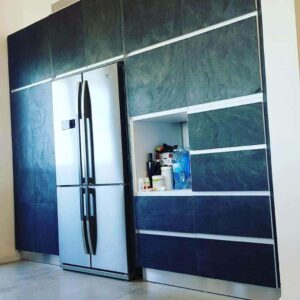
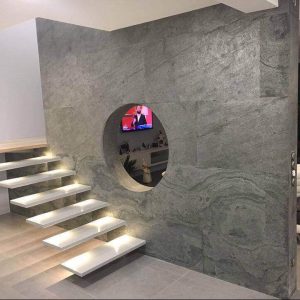
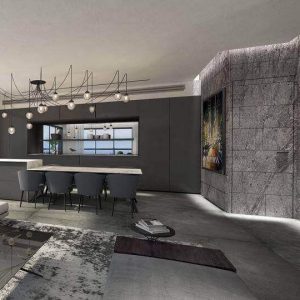
The Advantages And Disadvantages Of Natural Stone Veneers VS. Manufactured Stone Veneers
- Interior and Exterior
- Elastic Stone
- 100% Natural
- Comes in 2’x4’ or 4’x8’ sheets
APPEARANCE
Because of technological advancements, manufactured stone veneers may now provide a genuine appearance, even from a distance. There is also a broad range of designs, patterns, and colors to select from, depending on whether you want to mimic the genuine thing or embrace the man-made appearance.
When examined carefully, however, the artificial stone veneer falls short of the authenticity of genuine stone. Several similar stones are frequently found in the cladding, and some of the stones may even have a hand-painted finish to give a distinct effect.
Because real stone veneer is a quarried product, no two pieces are alike. The color variations are vibrant, and the texture entices you to run your fingers across it. These qualities are what distinguish this product and give it an unrivaled look.
COST
Contrary to popular belief, Natural Stone Veneer is not more costly than artificial stone veneers. As the look of man-made cultured veneers have improved, the cost-saving advantage of high-quality manufactured cladding materials over a natural stone has nearly been entirely lost.
Even the transport costs for real stone and produced cultured stone veneer are comparable, even though the man-made covering is somewhat lighter.
Natural stone has a much lower maintenance cost than a manufactured stone since it can be simply pressure washed clean. Because most produced stone cannot resist high pressure or hand washing, it is more labor-intensive.
DURABILITY
The endurance of the product is an important consideration when deciding between the manufactured stone cladding and natural stone veneer panels. Both products are thought to work well; nevertheless, there are notable variations in their long-term effectiveness.
Many natural stone cladding varieties are less porous than artificial stone, which can increase their longevity. Manufactured stone may degrade over time, particularly when exposed to natural factors like rain, sunshine, dirt, and wind.
When it comes to durability, one of the most noticeable differences between natural stone veneer and synthetic stone cladding is their performance in direct sunlight. Because manufactured stone is generally colored with paint, the hues will fade and discolor after a few years of exposure to light.
This is especially true in outdoor applications. If color is an important consideration when selecting a cladding material, natural stone veneer panels should be your first choice.
VERSATILITY
Both cladding materials are quite flexible, whether you’re utilizing the stone to make a statement with a feature wall or to finish your façade.
However, man-made stone has a limitation in terms of where the cladding should be put. Specific components, such as strong chemicals, might cause the veneer to degrade over time.
Most manufactured stone veneers are not suitable for use in or near swimming pools, for example, since chlorine can cause the product to discolor and weaken.
This might cause water damage and compromise the structural integrity of the substrate on which it is attached.
Where Is Natural Stone Veneer Used The Most?
Stone veneer is most often utilized on the outside of a property, although inside uses are becoming more popular. Some believe that the rising popularity of indoor stone veneer is due to more homes appreciating the incorporation of natural components into indoor living areas.
- Fireplaces both inside and outdoors
- Kitchen islands and backsplashes both indoors and outdoors
- Accent walls both indoors and outdoors
- Showers both indoors and outside
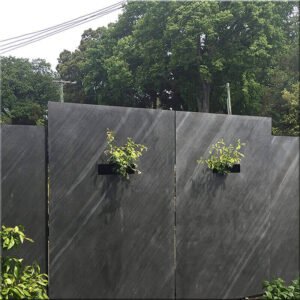
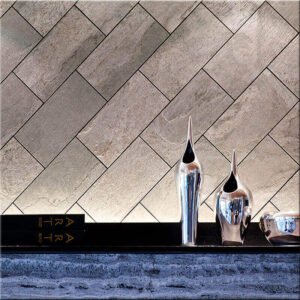
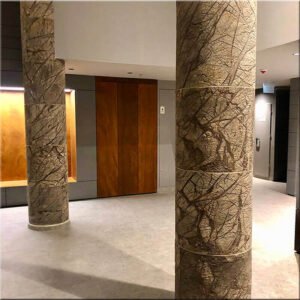
Conclusion
Natural stone has shown to be long-lasting, and its usage on building facades and internal walls will be carried on for decades. Natural stone veneers, as we know them now, have enabled walls to be adorned with natural stone in ways that would have been prohibitively expensive in the past.
As new manufacturing technology emerges and installation methods improve, the usage of natural stone on buildings will expand in ways we have not yet imagined.
Meoded’s thin slate stone veneers are known for their stunning natural stone hues and texture, as well as their incredible flexibility. A Meoded slate panel is incredibly light, weighing little over 0.3lbs./ft2, making it simpler to carry than thick stone slabs while also avoiding natural resource degradation.
Ready to enjoy the benefits and beauty of Natural Stone Veneers? Head over to Meoded Paint and Plaster today and get hold of the best Slate Light Panels available in the market.
If you want to get a first-hand look at how to use and apply the different types of plaster we offer, be sure to check out our Instagram page. You can also head over to our Youtube channel for handy how-to tips and tricks.
